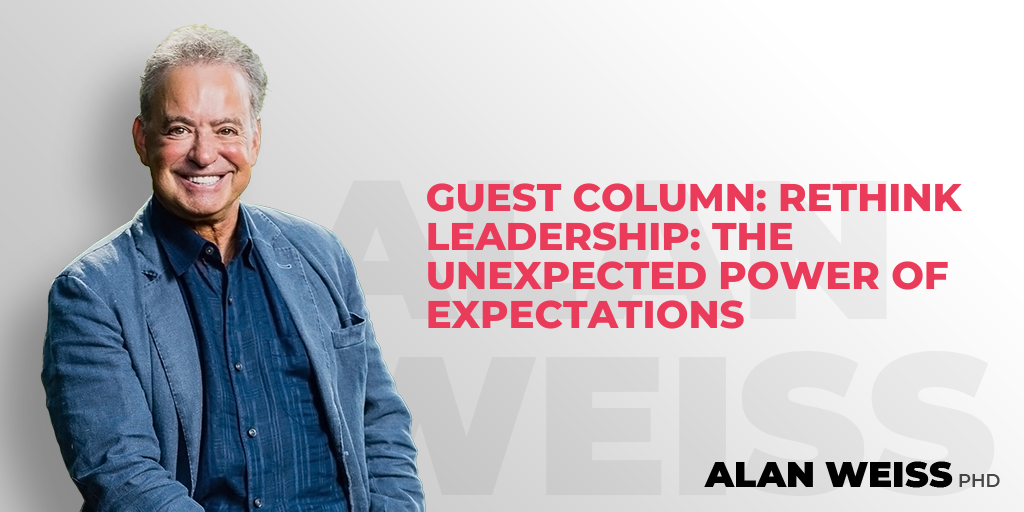Guest Column: What Is Your Optimal Speed?
Andrew Miller is a graduate of the Million Dollar Consulting® College and a member of the Million Dollar Consultant® Mentor Hall of Fame.
What is your optimal speed?
By Andrew Miller
The famous Simon & Garfunkel song Feelin’ Groovy starts off with the lyrics “Slow down, you move too fast…” These lyrics are a perfect way to describe what many organizations need to do. Too many organizations think that speed is only about moving faster. But the best organizations focus on speed optimization. They determine when it is best to speed things up and when it is best to slow things down.
Optimal enterprise velocity is the rate at which an organization does business without sacrificing the quality of their offerings. Essentially, how fast an organization can move and still be effective. Knowing when to slow down and when to speed up, and having the ability to accelerate and brake accordingly, can change the position of a company overnight.
Imagine your organization is like a train. The track you follow is the strategy you have developed. The direction you have decided to pursue. The train stations are the different milestones along the way towards your final destination, the successful achievement of your objectives for the organization. For trains, there are signals along the way that tell the conductor to speed up because another train is catching up, or slow down because there is a blockage ahead. What are the signals your organization uses to know when to speed up and when to slow down?
These signals are the measurements and indicators you use to show progress and monitor performance. These are your indicators for achieving optimal speed. Look at the different areas of your business-product commercialization, strategy development, customer acquisition, employee hiring, and any others that are important for your organization-and ask yourself if you have achieved optimal speed. How would you know? What process would you go through to determine the optimal speed?
I take some of my clients through a process to determine the optimal speed for their organizations. Here are the questions we begin with for each of their key areas:
- How fast are you currently going?
- How fast could you go (what is your optimal speed)?
- What impact would it have if you achieved optimal speed?
- What are the key indicators we should use to determine when to slow down and when to speed up?
- What plan do we need to put in place to maintain optimal speed?
We often use the wrong indicators to measure performance because we focus on pure speed and going faster, not governing speed.
We measure customer service representatives on how fast they complete phone calls, not whether or not the customer’s issue was resolved.
We measure speed of product to market without considering whether or not that product is any good.
We measure the time it takes to hire new employees even though we have had high employee turnover rates in the past.
We measure the time it takes to process a purchase order but not if the purchase order was correct.
These are all examples of focusing on moving faster, but we can all agree that these outcomes would be detrimental to an organization’s results. There are times when going too fast will hurt the organization, just as there are times when going too slow will impact its performance. The most successful organizations are able to move at their optimal speed at all times and they recognize that optimal speed will change depending on the situation.
Do you practice responsible speed or are you putting your organization at risk?
Andrew Miller is president of ACM Consulting Inc. (www.acmconsulting.ca) and works with organizations to dramatically improve performance and profitability through the relentless pursuit of operational excellence. He can be reached at 416-480-1336 or [email protected].
© Andrew Miller 2013. All rights reserved.





